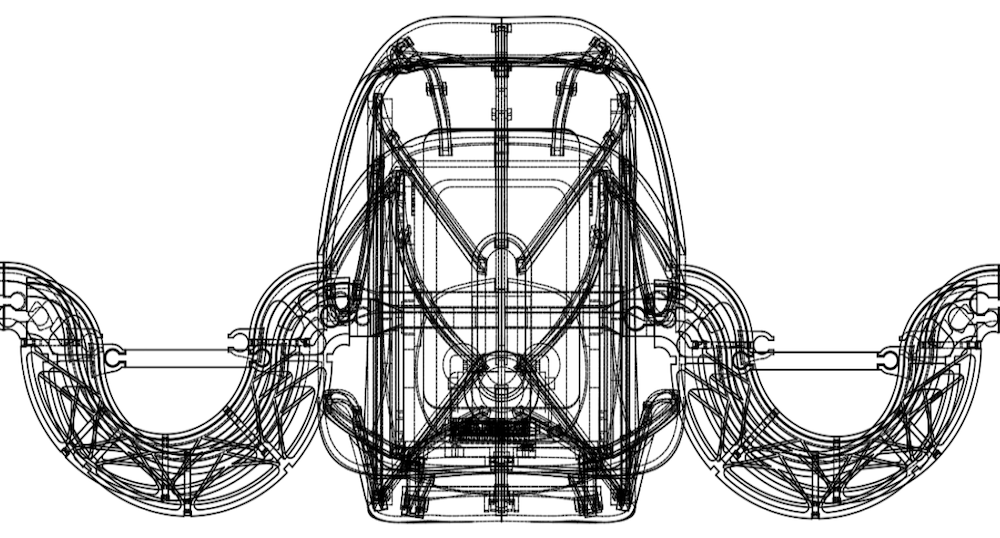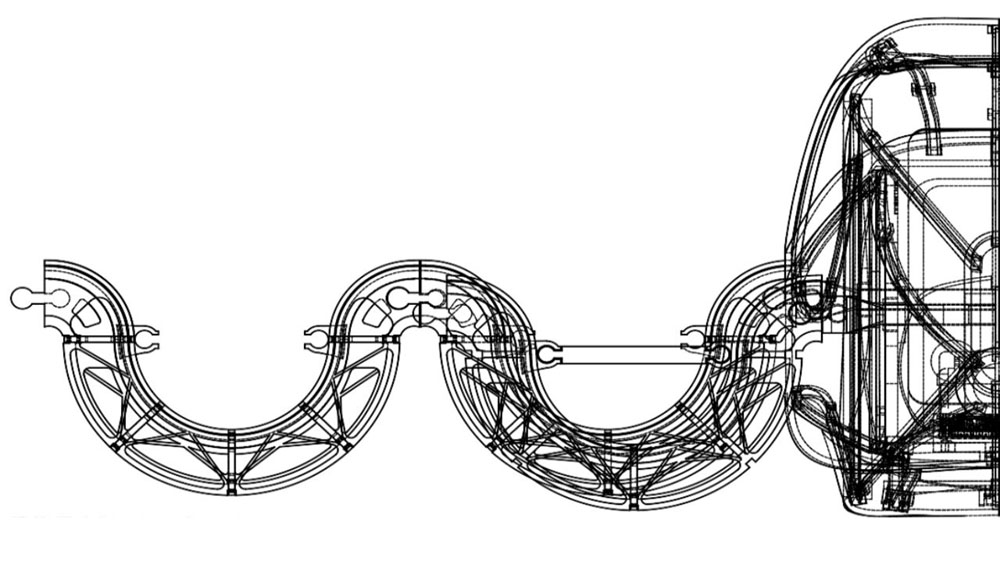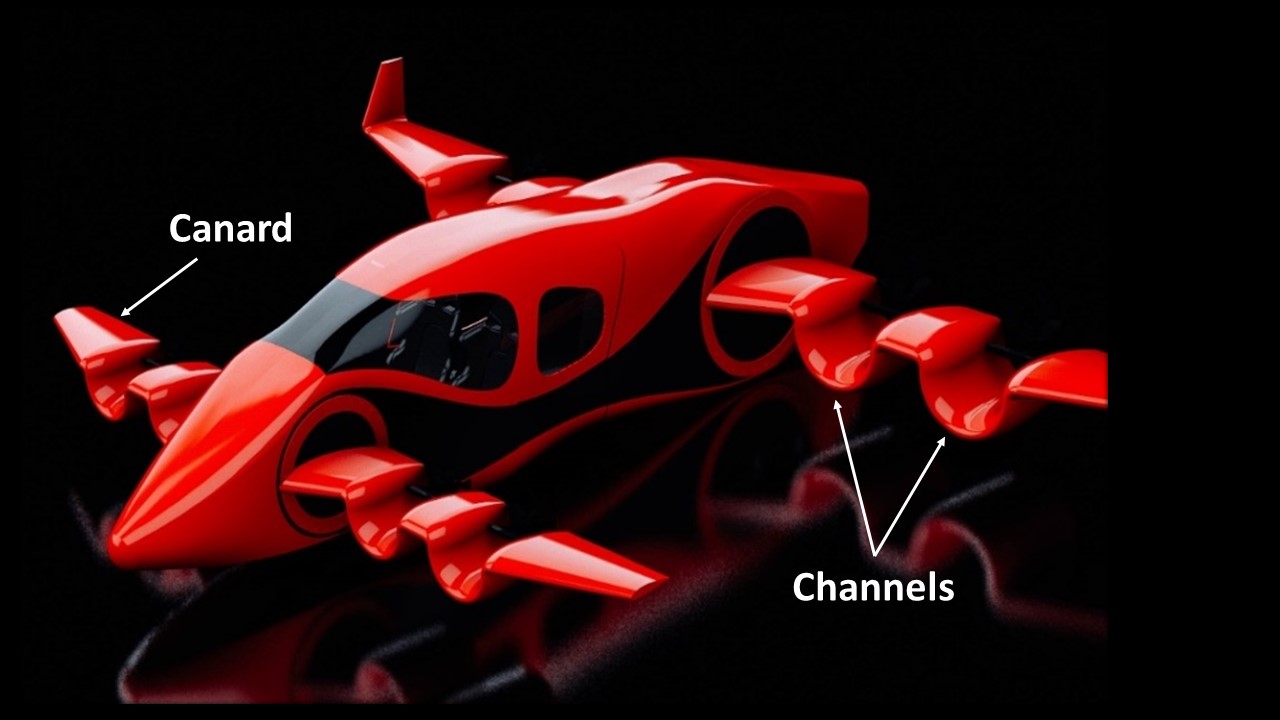Introducing the
Hopflyt Venturi
The New Generation of eVOTL
Electrical Vertical Takeoff & Landing
The Venturi is an electric Vertical Takeoff and Landing (eVTOL) aircraft. Our unique patented innovation in wing design, vectored thrust rotors plus vectored aerodynamic lift makes the Venturi the only 5th Generation eVTOL in development. Led by our company’s founders, HopFlyt’s unmatched expertise in aeronautic engineering, design, and flight places our aircraft at the forefront of the industry, enabling HopFlyt to fly father, faster, and safer than other eVTOL.

Features:
Point to point transportation
200 mile range
150 mph cruise
200 mph sprint
Open architecture pod
16 propulsion motors
Redundant electrical systems
Whole aircraft parachute system
Autonomous systems
Enclosed props for takeoff and landings
Passive and active noise cancellation
Five Generations of eVOTL Technology
HopFlyt is a 5th generation design allowing for greater efficiency.
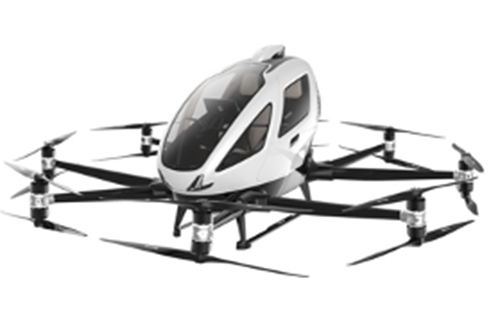
Generation 1
Fixed position rotors for lift and thrust
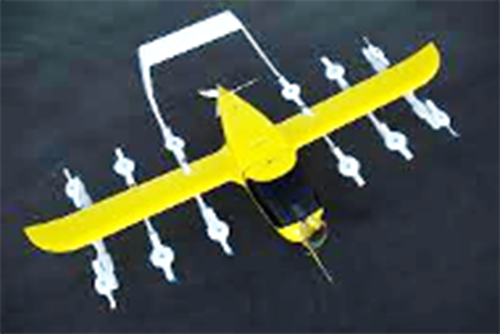
Generation 2
Fixed lift rotors plus fixed thrust rotor
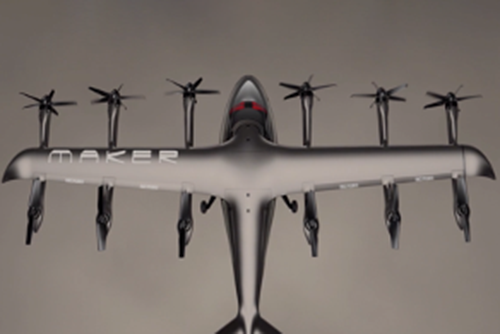
Generation 3
Fixed lift rotors plus vectored thrust rotors
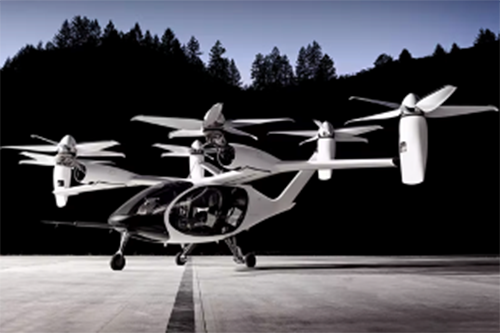
Generation 4
Vectored thrust rotors
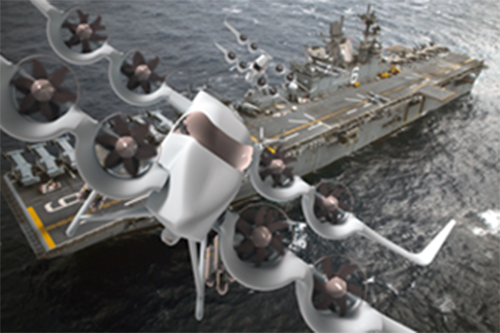
Generation 5
Vectored thrust rotors plus vectored aerodynamic lift
Advanced Aerodynamic Design
For Higher Safety & Smoother Ride
HopFlyt Venturi is the only aircraft combining variable incidence wings & canards with channels, distributed electrical propulsion (DEP) and contra-rotating propellers in an eVTOL design.
The Venturi’s canard-style design delivers a higher safety and a smoother ride experience for the passengers and the pilot alike. Wings and canards can vary angle in-flight and improve ride quality by keeping the fuselage at a level attitude during all phases of flight. The powered channel wing design creates high levels of lift by efficiently accelerating air over the wing resulting in longer battery life. While the contra-rotating propellers produce more thrust and reduce noise. Combining these technologies with DEP reduces mechanical complexity by removing traditional flight control surfaces (i.e. ailerons, elevators, rudder and flaps). This reduces weight, improves reliability, and reduces maintenance while allowing the aircraft to take off and land vertically.

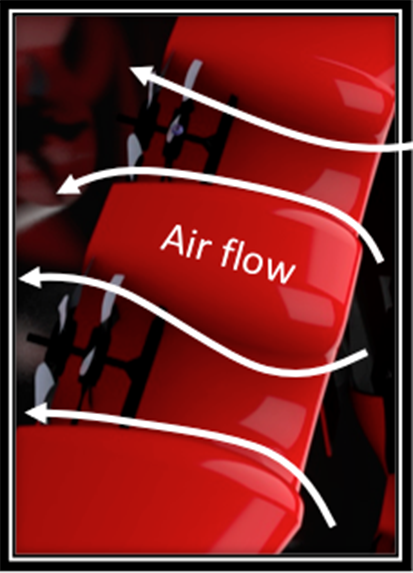
Key Aerodynamic Principle
Air is drawn into the channels by the contra-rotating propellers. The channels have an aerofoil shape, which generates high levels of wing-borne lift as the air is accelerated through the channel, even when the aircraft has zero forward airspeed. These high levels of lift have been demonstrated through flight test & NASA wind tunnel data on other aircraft. Additionally, the design reduces complexity, total parts count and aircraft weight, which further boosts the design efficiency.
Invest in the Future of eVTOL
While bootstrapping the design, engineering, and manufacture to this point, we surpassed the critical milestone of flying a sub-scale model. We’re now seeking supportive industry alliances and investment to continue research and design as we build a full-scale model for testing and certification.
